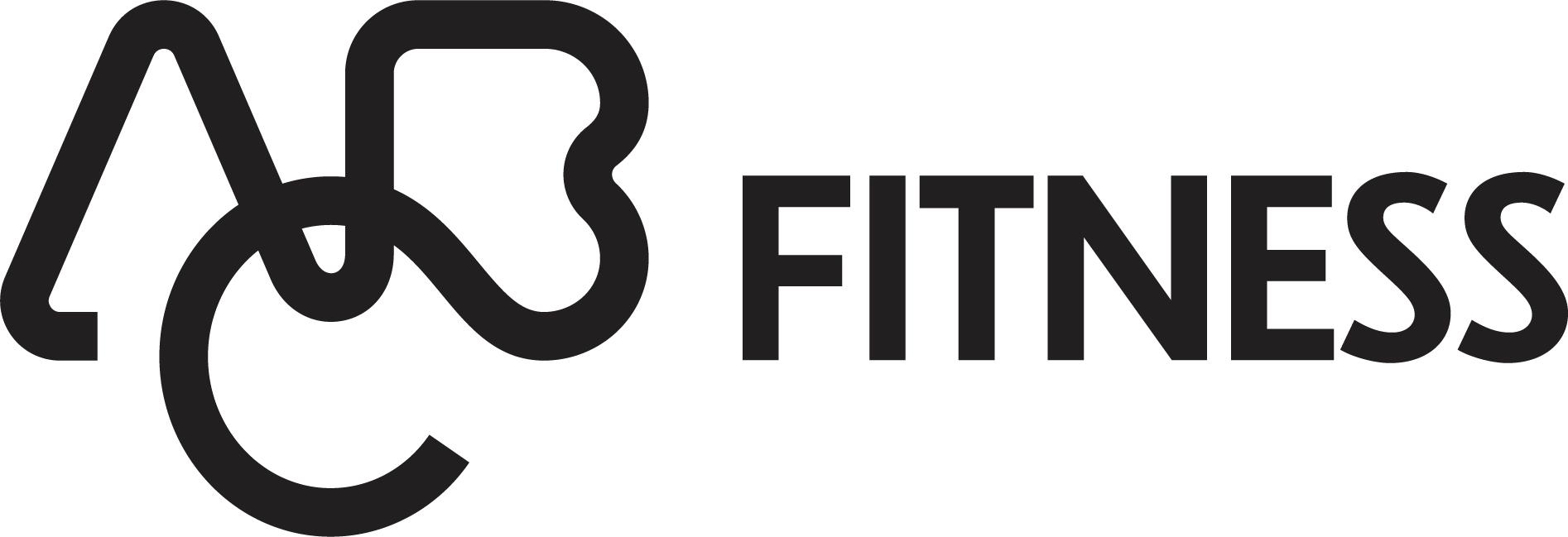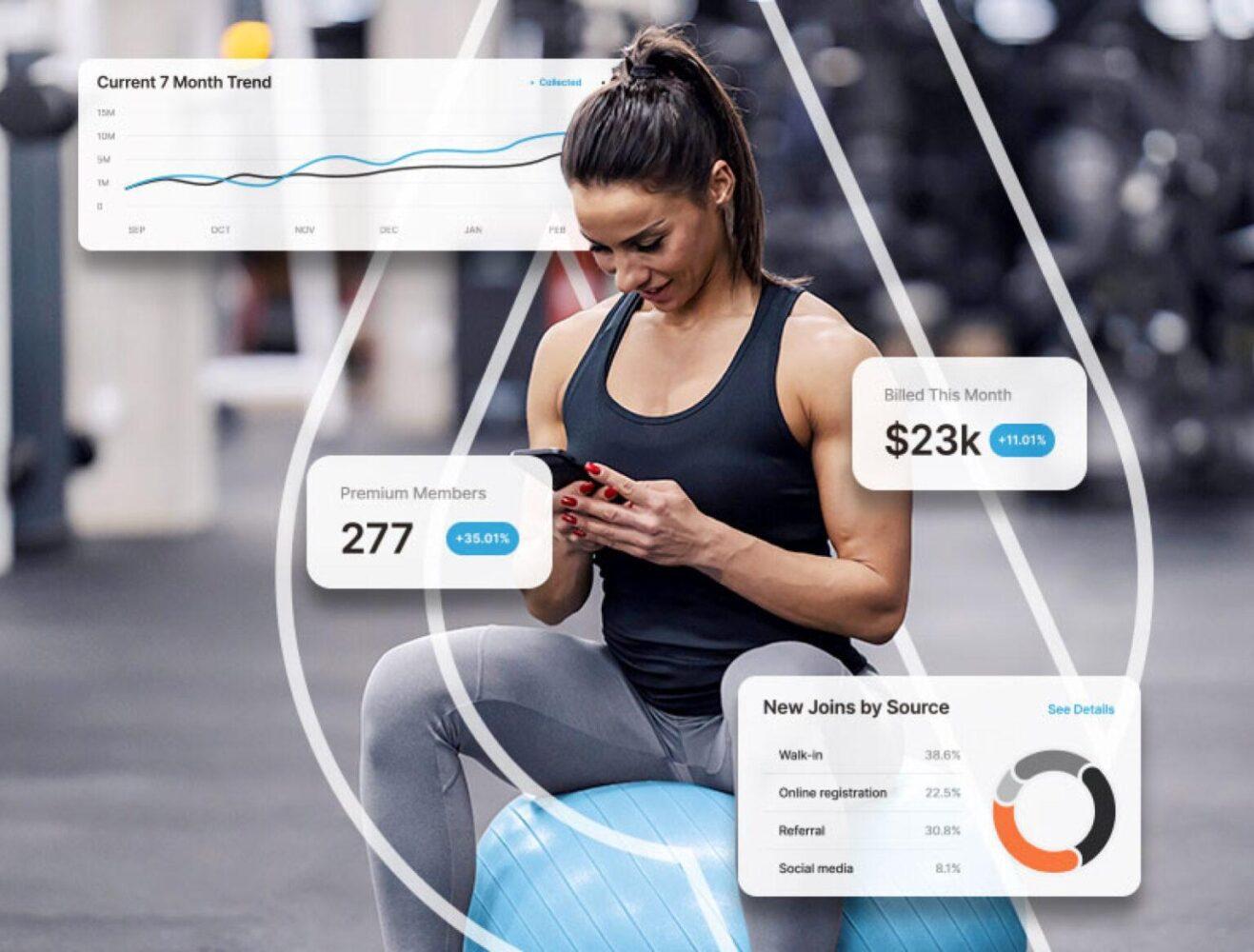Is Your Gym Designed to Make Money?
Your gym layout is one of the most important factors in determining the success of a gym business. A well-designed gym layout will maximize space utilization, improve customer satisfaction, and generate more revenue. A poorly designed gym layout, on the other hand, can lead to wasted space, frustrated customers, and lost profits.
When it comes to designing the perfect gym layout, your target market is one of the most important things to consider. Who are you trying to attract to your gym, and what are their fitness goals?
Today, we’ll discuss how to design the ideal gym layout while considering your target market and other important factors. We’ll also provide some tips for avoiding common gym layout mistakes. Let’s get started.
Why your gym layout matters
There are several reasons why gym layout matters:
- Space utilization: A well-designed gym layout will maximize space, allowing you to fit more equipment and host more members. More members mean maximizing revenue and profitability!
- Customer satisfaction: A gym layout that’s easy to navigate and use will help your members enjoy their time at your gym—making them more likely to stay members and refer their friends.
- Revenue generation: A well-designed gym layout can be used to generate revenue in several ways. For example, you can create upselling opportunities for fitness gear, supplements or healthy snacks. Or you can rent out space for personal training sessions or small group classes.
Understanding your target market
By understanding your target market, you can design a gym layout that is more enjoyable and more profitable.
Knowing your ideal client profile (ICP) is key. This means understanding their demographics, fitness goals, and psychographics. Once you know your ICP, you can tailor your offerings and consistently deliver exceptional value and experiences.
For example: if your ICP is casual gym-goers of all ages, you may want to offer more introductory classes or limited-time promotions. If your ICP is specifically Gen Z, you may want to incorporate tech solutions like apps or virtual classes. And if your ICP is hardcore gym “lifers”, you’ll want to make sure to provide plenty of space for weightlifting and other strength-training exercises.
It’s also important to understand the diverse fitness goals of your target market. Some members may be interested in weight loss, while others may be interested in building muscle or improving their cardiovascular health. Members may also be interested in more holistic fitness goals, such as improving their mental well-being or reducing stress.
These all must be considered when designing your gym layout.
How to design the ideal layout
Here are a few tips to get you started.
- Understand your target market. Who are you trying to attract to your gym? What are their fitness goals? Once you understand your target market, you can design a gym layout that meets their needs and expectations.
- Plan your space carefully. Space planning is essential for designing an efficient and effective gym layout. Make sure to group similar equipment together and create enough space for members to move around safely.
- Select the right equipment. Choose equipment that is durable, easy to use, and safe. It’s also important to select equipment that is appropriate for your target market.
- Create different zones. Zoning your gym can help to create a more organized and efficient space. For example, you could have a cardio zone, a strength training zone, a group exercise zone, and a stretching and recovery zone.
- Use color and lighting strategically: Color and lighting can be used to create a positive and motivating atmosphere in your gym! Use bright colors and bright lighting in high-energy areas like the cardio zone.
- Provide amenities: Members appreciate amenities such as towel service, water fountains, and changing rooms. Make sure to provide these amenities to your members.
Common gym layout mistakes
Here are some common gym layout mistakes to avoid:
Not grouping similar equipment together. Grouping similar equipment together makes it easier for members to find the equipment they need and to work out efficiently.
Not creating enough space for members to move around safely. It’s important to create enough space for members to move around safely, especially in areas where people are lifting weights or doing cardio.
Not considering the flow of traffic. When designing your gym layout, consider the flow of traffic. Make sure that members can easily move around the gym without having to weave in and out of crowds.
Not providing enough rest areas. Members need a place to rest and recover between sets. Make sure to provide enough rest areas throughout your gym.
Not creating a welcoming atmosphere. The gym layout should create a welcoming and inviting atmosphere. Use colors and lighting to create a positive and motivating environment.
10 tips for the ideal gym layout
Here are our 10 top tips for the ideal gym layout:
- Group similar equipment together. This will make it easier for members to find the equipment they need and to work out efficiently.
- Create enough space for members to move around safely. This is especially important in areas where people are lifting weights or doing cardio.
- Consider the flow of traffic. Make sure that members can easily move around the gym without having to weave in and out of crowds.
- Provide enough rest areas. Members need a place to rest and recover between sets. Make sure to provide enough rest areas throughout your gym.
- Create a welcoming atmosphere. Use colors and lighting to create a positive and motivating environment.
- Zone your gym. Zoning your gym will help to create a more organized and efficient space.
- Use mirrors. Mirrors can help to make your gym feel more spacious and can also help members check their form.
- Use color and lighting strategically. Color and lighting can be used to create different moods and atmospheres in your gym.
- Provide amenities. Members appreciate amenities such as towel service, water fountains, and changing rooms.
- Get feedback from members. Once your gym is open, be sure to get feedback from your members on the layout. This feedback can help you to make improvements to the layout over time.
Conclusion
Looking to learn more about how to maximize efficiency in your gym business?
Supercharge your gym with “Crack the Code: Operational Efficiency for Your Gym Business”. In this comprehensive guide, you’ll learn how to streamline your processes, reduce costs, and improve member satisfaction.
Check out our free eBook and learn how to optimize your gym’s operations for increased efficiency and profitability. Get your copy today!


